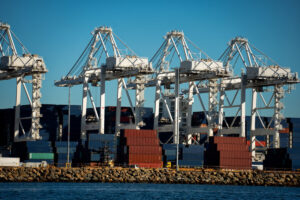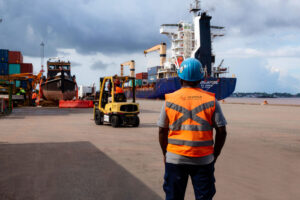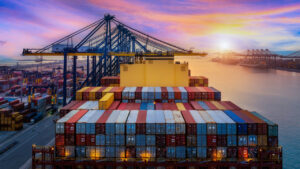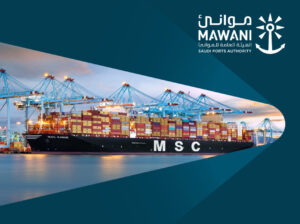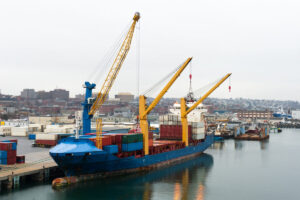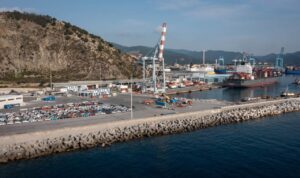Global shipping consultancy Drewry has carried out a simulation study of the operational and financial impacts on lines, terminal operators, ports and other supply chain stakeholders of 18,000 TEU and above ships, which has found that economies of scale may be running out, unless stakeholders begin to collaborate more with each other within the supply chain.
Since 2009, leading container shipping lines have engaged in a new-build ‘arms race’ with vessel sizes increasing at breakneck pace to drive down unit costs and improve profitability.
This race-to-scale is set to continue with a further 53 megaships expected to enter service in 2016.
While bigger ships help carriers reduce voyage costs, these savings are increasingly offset by higher port and landside costs, meaning that total system cost savings are small and declining.
Larger vessels place greater demands on ports, where channels have to cater for deeper draughts and on terminals, which need to upgrade equipment, yard facilities and manning levels to effectively handle increased peak cargo volumes.
On a total ‘system cost’ basis the study found that the upsizing of vessels provides only modest savings for the overall supply chain with efficiency gains being further eroded as vessels size increases beyond 18,000 TEU.
Drewry expects that even with no further increase in maximum vessel size, the sheer number of mega vessels expected to be delivered in 2016 will strain terminal resources, as the average size of ships increase the amount of cargo that has to be handled at times of peak container activity.
Drewry’s study found that terminals will incur significant capital expenditure to handle larger vessel sizes and terminal yard areas will need to increase by one third to avoid congestion, even with no growth in volume.
Scale economies from megaships will also only work for the total supply chain if terminals can increase productivity in line with increases in vessel size.
Tim Power, Managing Director of Drewry, said: “As more megaships enter service the industry is rapidly approaching a critical stage. To ensure the economics of vessel upsizing continue to benefit the entire supply chain, lines and ports need to work in a more coordinated manner if further productivity improvements from the transport system are to be realised.
“Addressing the operational and cost effects at port facilities caused by the challenging load and discharge patterns of these larger ships requires a cross-industry effort.
All stakeholders in the supply chain must recognise the need for dialogue and collaboration if the maritime transport system as a whole is to benefit. If these benefits cannot be delivered and economies of scale in this industry really are running out, the implications are profound.”
If economies of scale in liner shipping have finally run their course, future vessel ordering will no longer be driven by the need to secure economies of scale but will instead be based on lines’ assessment of future demand growth.
Mr Power concluded: “When this happens, the tendency to structural overcapacity that has plagued the industry will be much reduced,” added Power. “If this were combined with a process of continuing industry consolidation, liner shipping might at last be in a position to generate sustainable profitability.”
Technical Paper: Unprecedented Challenges: Tackling the Biggest Alliances

